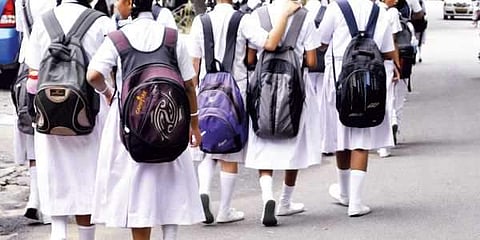

NEW DELHI: Access to higher education school infrastructure at the middle, secondary and senior secondary level remains difficult across villages in 3,773 assembly constituencies in India and private schools remain less accessible compared to government schools, says a study.
‘The State of School Infrastructure in the Assembly Constituencies of Rural India’, published in January edition of the International Journal of Environmental Research and Public Health, is touted as first of its kind that explores education in assembly constituencies.
The study has been jointly done by scholars from various centres in Harvard University and Sujata Saunik, Additional Chief Secretary at Skill development and Entrepreneurship department, Mumbai.
“We found high variability in access to higher education infrastructures and low variability in access to lower education variables. For 40.3-79.7 per cent of villages in an assembly constituency (AC), the nearest government senior secondary school was >5 km away, whereas the nearest government primary school was >5 km away in just 0-1.9 per cent of villages in an AC,” said the study.
Manipur, Arunachal Pradesh, and Bihar showed the greatest within-state variation in access to education infrastructures.
A prior analysis of state spending showed that while most states spend more on elementary education than secondary, Kerala, Maharashtra, West Bengal, Tamil Nadu and Punjab spent as much, if not more, on secondary education.
“We found that Kerala, West Bengal, Tamil Nadu, and Punjab were 4 of the 5 states with the lowest variation for secondary school access, suggesting that higher spending on secondary education may be associated with lower variation in access across ACs,” it said.
The study says that private schools have seen rising enrollment in the past few decades, especially in rural areas and quotes the Annual Status of Education Report 2018 data that the all India private school enrollment increased from 18.7 per cent in 2006 to 30.9 per cent in 2018.
“There was higher variability across ACs in access to private education infrastructure than in access to government infrastructure,” it said.
The exception was pre-primary education. The estimate has been done using the 2011 Census.